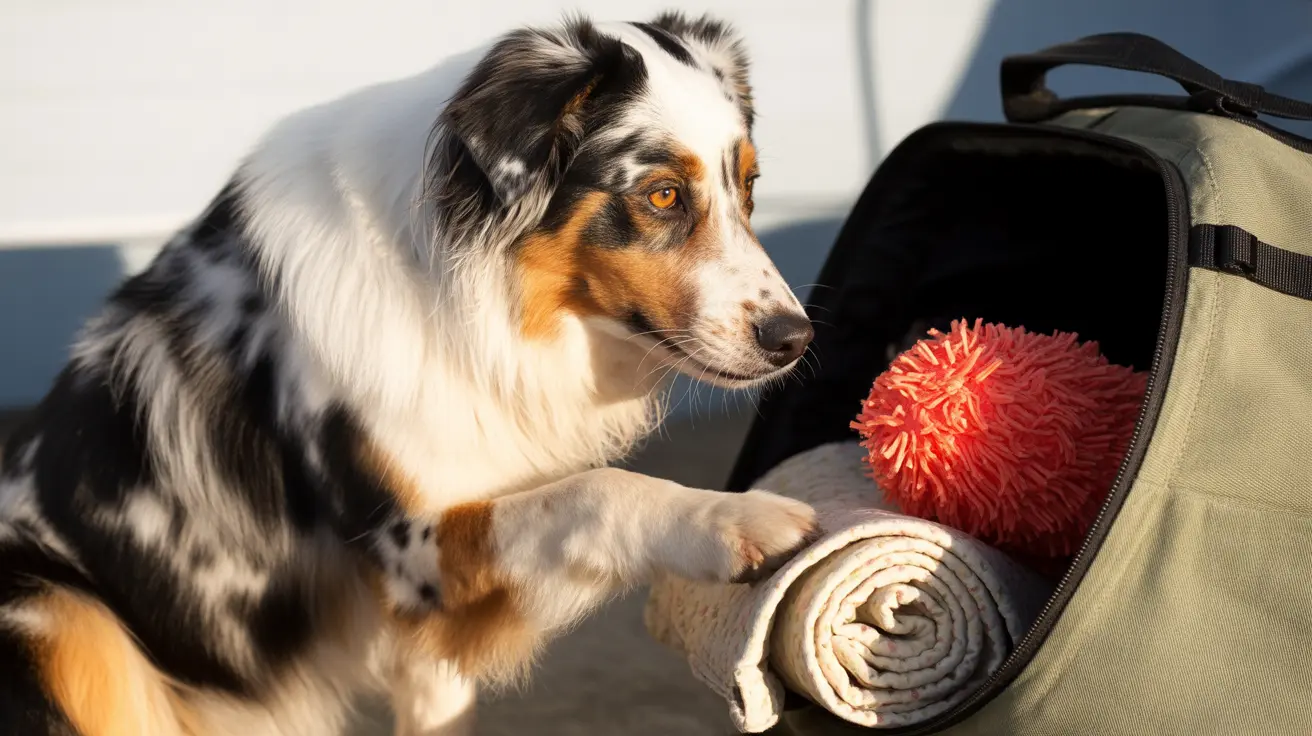What Prevents Flea Eggs from Hatching: Key Factors Explained
Fleas are troublesome parasites that feed on the blood of animals and can lead to intense discomfort, allergic reactions, and potential disease transmission. A stray adult flea can unleash a rapid and pervasive infestation within homes, especially when flea eggs—tiny, white, and hard-to-see—fall from pets into the household environment. Understanding what keeps flea eggs from hatching is key to breaking the flea life cycle and regaining control of your home.
The Flea Life Cycle
Fleas go through four stages in their life cycle:
- Egg – Laid on host but fall into the surroundings.
- Larva – Worm-like creatures that feed on debris.
- Pupa – Cocooned stage where they wait for optimal emergence conditions.
- Adult – Seek and feed on host animals.
Once in the right environmental conditions, eggs typically hatch within 2–14 days.
What Inhibits Flea Egg Hatching?
Several factors can prevent flea eggs from hatching efficiently:
1. Lack of Optimal Temperature and Humidity
- Eggs require warm temperatures (70–85°F or 21–29°C) to hatch quickly.
- Low humidity environments slow or halt development, keeping eggs dormant.
Cool or dry conditions extend the hatching time significantly or keep eggs from hatching at all.
2. Insect Growth Regulators (IGRs)
These chemicals mimic flea hormones and disrupt their development. IGRs such as methoprene or pyriproxyfen do not kill adult fleas but specifically stop eggs and larvae from maturing. They are found in many vet-recommended flea control products.
3. Physical Cleaning Measures
- Vacuuming– Eliminates eggs from carpets and disrupts larvae habitat.
- Washing Bedding at High Heat– Destroys eggs through temperature exposure.
- Steam Cleaning– Targets both fleas and their eggs using heat and moisture.
Consistent and rigorous cleaning is necessary for eggs already dispersed in the environment.
4. Desiccation with Substances Like Salt or Diatomaceous Earth
When sprinkled onto carpets and pet areas, finely ground salt and food-grade diatomaceous earth cause dehydration in flea eggs and larvae, impeding development. These must be reapplied frequently and used cautiously to avoid pet exposure.
5. Absence of Organic Debris
Flea larvae depend on organic debris (like adult flea feces) for nourishment. Cleaning removes not only the eggs but also the necessary conditions for larvae to mature.
Preventing Flea Egg Hatching: A Multi-Step Approach
To prevent flea eggs from hatching and reaching the adult stage, pet owners need to follow a three-fold strategy:
1. Treat Pets with Effective Preventatives
- Use veterinarian-prescribed preventatives that combine adulticides and IGRs.
- Bathe pets with medicated flea shampoos.
- Comb pets daily with fine-toothed flea combs dipped in soapy water.
2. Clean and Treat the Environment
- Vacuum daily and dispose of bags outside.
- Wash all pet and human bedding in hot water (≥ 60°C or 140°F).
- Steam floors and furniture regularly.
- Apply environmental sprays containing IGRs to crevices and under furniture.
3. Outdoor Management
- Trim lawns and remove shaded debris where eggs might fall.
- Discourage wildlife that might bring in fleas (e.g., raccoons, rodents).
- Apply outdoor-safe IGR sprays in key areas.
Natural Solutions with Caution
Alternative remedies like cedarwood oil or vinegar-based sprays are popular but less effective. These may repel adult fleas but do not prevent eggs from hatching. Use oils cautiously as some are toxic to pets, especially cats.
Conclusion: Break the Cycle by Targeting Egg Hatching
Stopping fleas starts by preventing eggs from ever hatching. This requires disrupting the favorable conditions fleas need: warmth, humidity, food sources, and an untreated environment. By using IGRs, maintaining cleanliness, and treating pets with effective medications, you significantly reduce the chance of hatching—and ultimately, future infestations.





